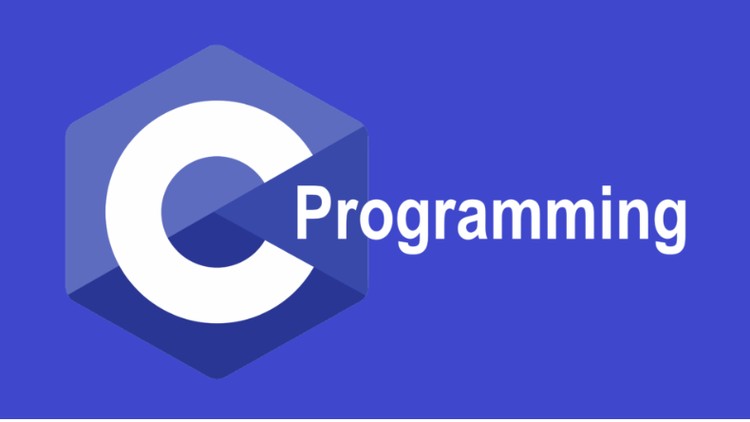(C programming Example for Beginners)
C Program to Store Information of Students Using Structure
In this example, you will learn to store the information of 5 students by using an array of structures.
Store Information in Structure and Display it
#include <stdio.h>
struct student {
char firstName[50];
int roll;
float marks;
} s[10];
int main(){
int i;
printf("Enter information of students:n");
// storing information
for (i = 0; i < 5; ++i) {
s[i].roll = i + 1;
printf("nFor roll number%d,n", s[i].roll);
printf("Enter first name: ");
scanf("%s", s[i].firstName);
printf("Enter marks: ");
scanf("%f", &s[i].marks);
}
printf("Displaying Information:nn");
// displaying information
for (i = 0; i < 5; ++i) {
printf("nRoll number: %dn", i + 1);
printf("First name: ");
puts(s[i].firstName);
printf("Marks: %.1f", s[i].marks);
printf("n");
}
return 0;
}
Output
Enter information of students: For roll number1, Enter name: Tom Enter marks: 98 For roll number2, Enter name: Jerry Enter marks: 89 . . . Displaying Information: Roll number: 1 Name: Tom Marks: 98 . . .
In this program, a structure student is created. The structure has three members: name (string), roll (integer) and marks (float).
Then, we created an array of structures s having 5 elements to store information of 5 students.
Using a for loop, the program takes the information of 5 students from the user and stores it in the array of structure. Then using another for loop, the information entered by the user is displayed on the screen.
C Example for Beginners: C Program to Store Information of Students Using Structure
Disclaimer: The information and code presented within this recipe/tutorial is only for educational and coaching purposes for beginners and developers. Anyone can practice and apply the recipe/tutorial presented here, but the reader is taking full responsibility for his/her actions. The author (content curator) of this recipe (code / program) has made every effort to ensure the accuracy of the information was correct at time of publication. The author (content curator) does not assume and hereby disclaims any liability to any party for any loss, damage, or disruption caused by errors or omissions, whether such errors or omissions result from accident, negligence, or any other cause. The information presented here could also be found in public knowledge domains.
